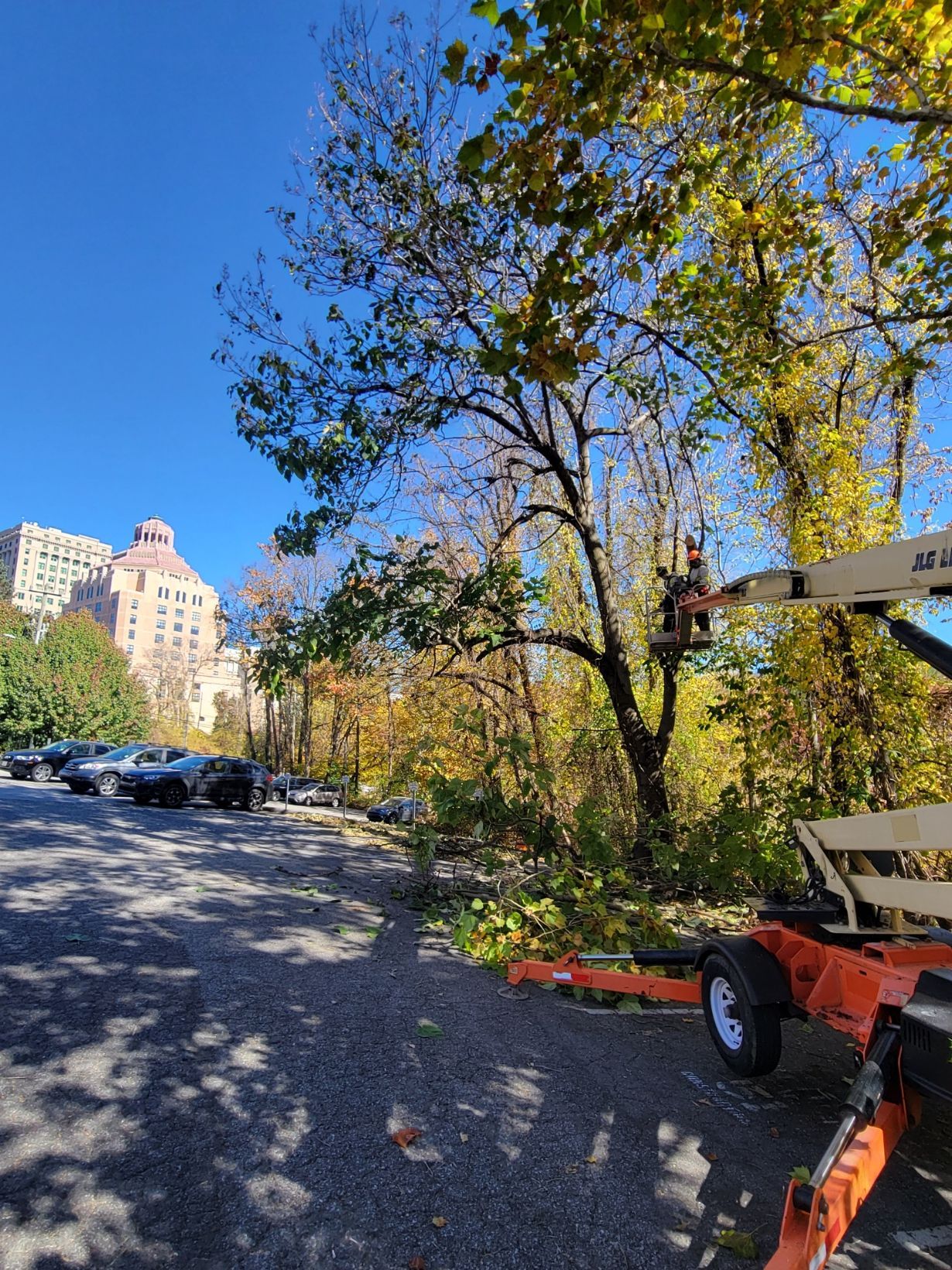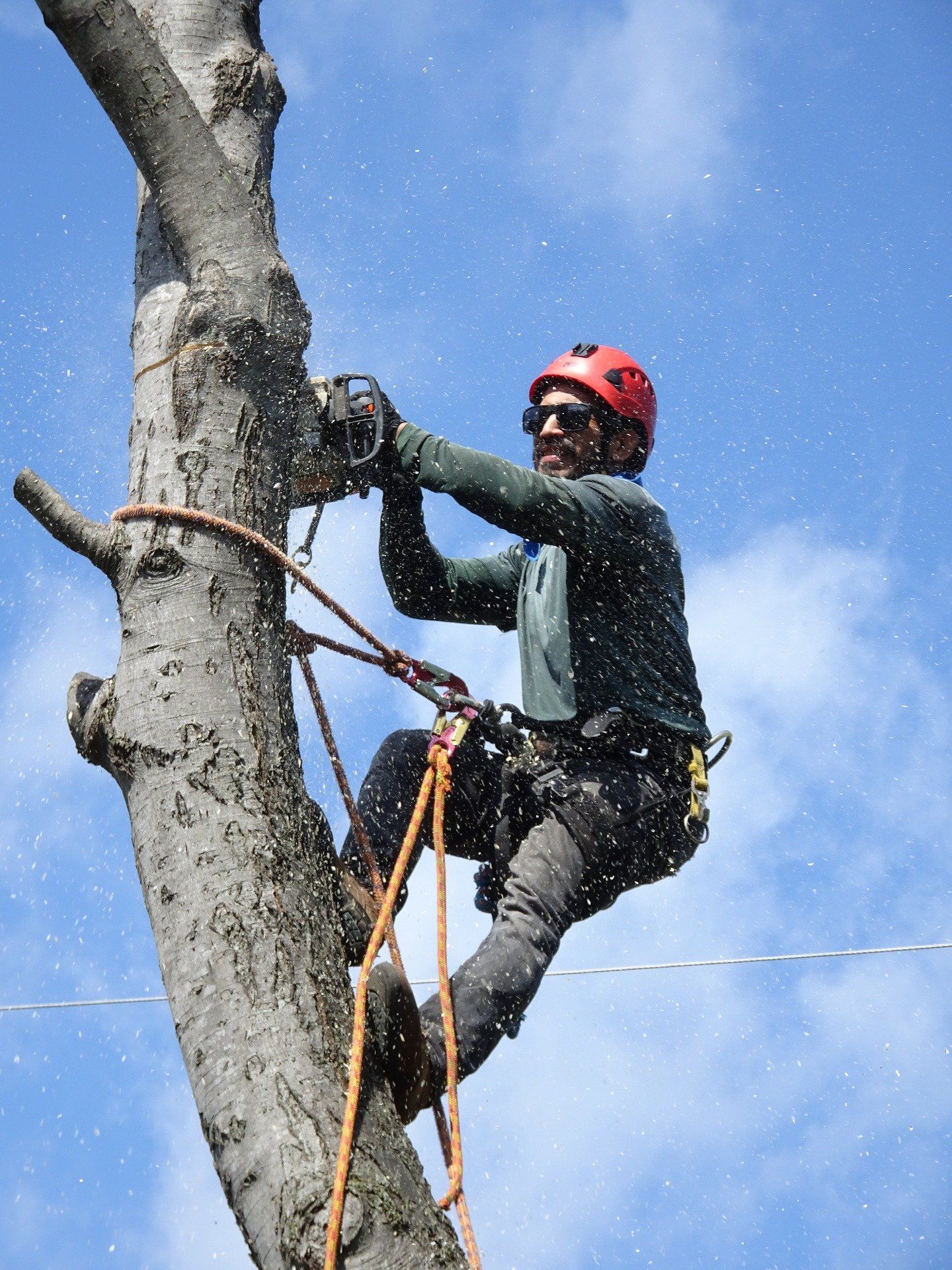How to prevent squirrels from damaging your trees and garden
Squirrels can be adorable, but they can also be tiresome, mainly when they cause damage to your trees and garden. These creatures tend to graze on some trees and flowers and strip too much bark off a tree. If left unchecked, it can harm your entire lawn or garden.
How Much Damage Can Squirrels Cause?
The tree bark protects the tree from any external harm, including pests, weather, and disease. It also covers the food and water storage of the tree. Once squirrels strip too much bark from the tree trunk, the tree loses its protective layer, making it vulnerable to damages and diseases. This degree of damage causes the tree to die over time.
Not only do squirrels chew on trees, but they also dig up and eat flower bulbs. Like nuts, flower bulbs are rich in protein, which is ideal for rodents like squirrels to eat, particularly during fall when food sources are dwindling.
If you find tiny holes around your lawn or garden, it is undoubtedly dug up by tiny creatures like squirrels. Digging up holes, about the size of a quarter, is part of their routine. Before winter, they are busy looking for food, which they bury over the lawn. They create these holes to easily track the exact spot where they buried their food supply during winter. This activity is less likely to damage your entire lawn since it can return to its original form by spring.
Preventing Squirrels From Damaging Your Trees
There are a plethora of ways on how you can prevent your trees and garden from getting long-term and short-term damages caused by squirrel’s activities. One way is to do it naturally, especially if the degree of damage is negligible. You can make your version of cayenne pepper by combining dried or ground cayenne pepper, water, and liquid soap. Spray on the damaged area once a day until it heals. You may also consider planting daffodils since squirrels hate them.
However, if the damage is aggravated, this is the time you need to seek professional help from companies that offer tree service near Asheville, North Carolina. Band-aid solutions such as trapping will not help you get rid of squirrels; it requires effective strategies that will work in the long run. If you need more information, feel free to schedule a consultation and an on-site inspection from experts in tree service in Asheville, NC.




